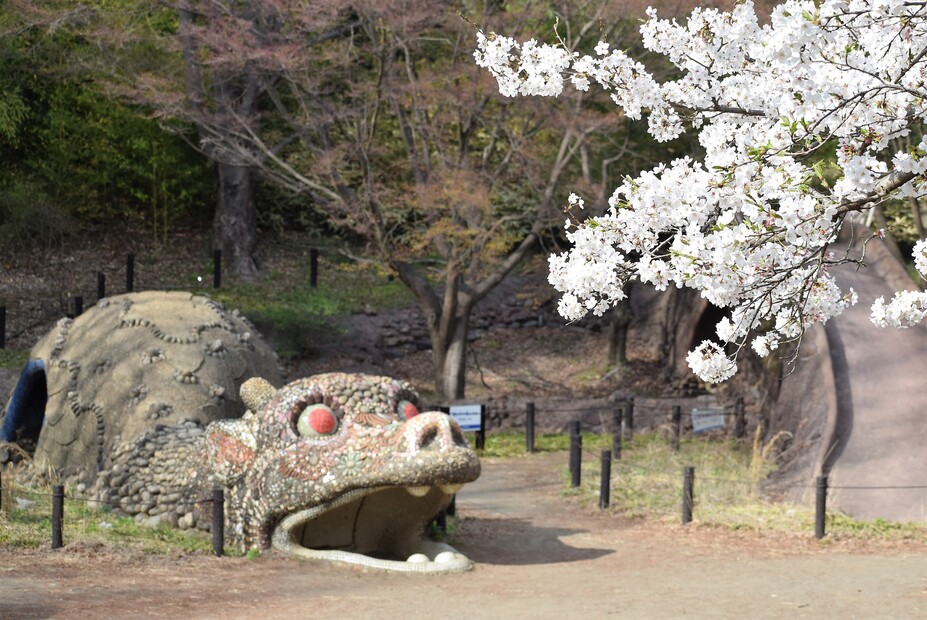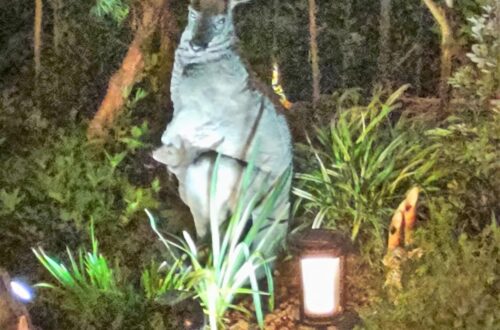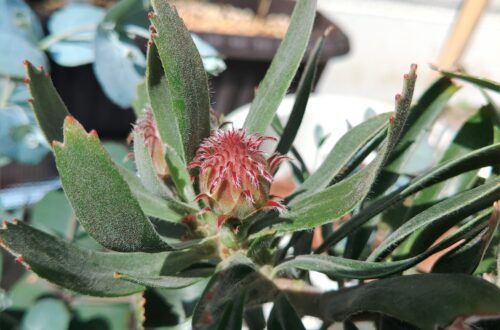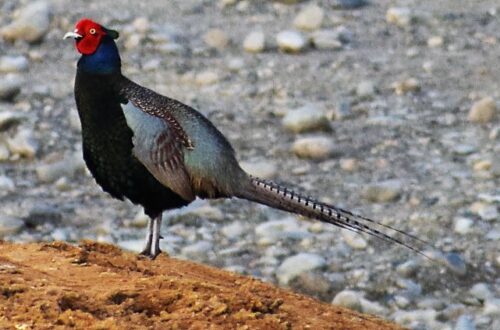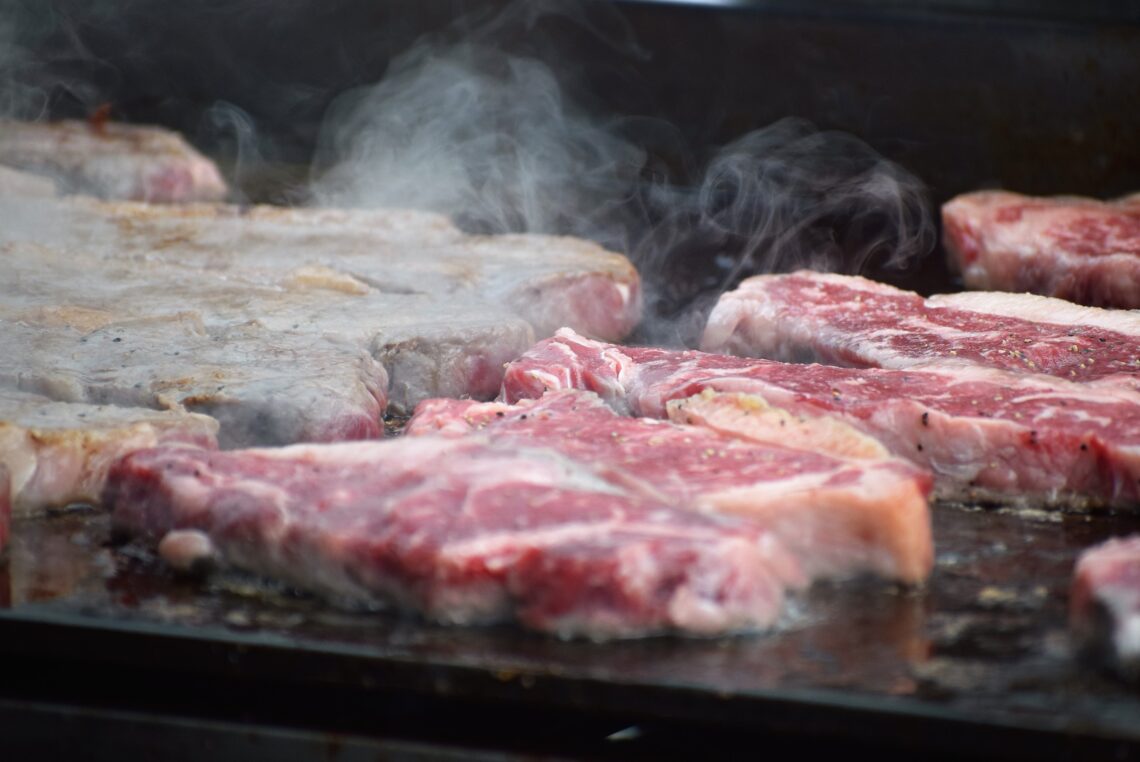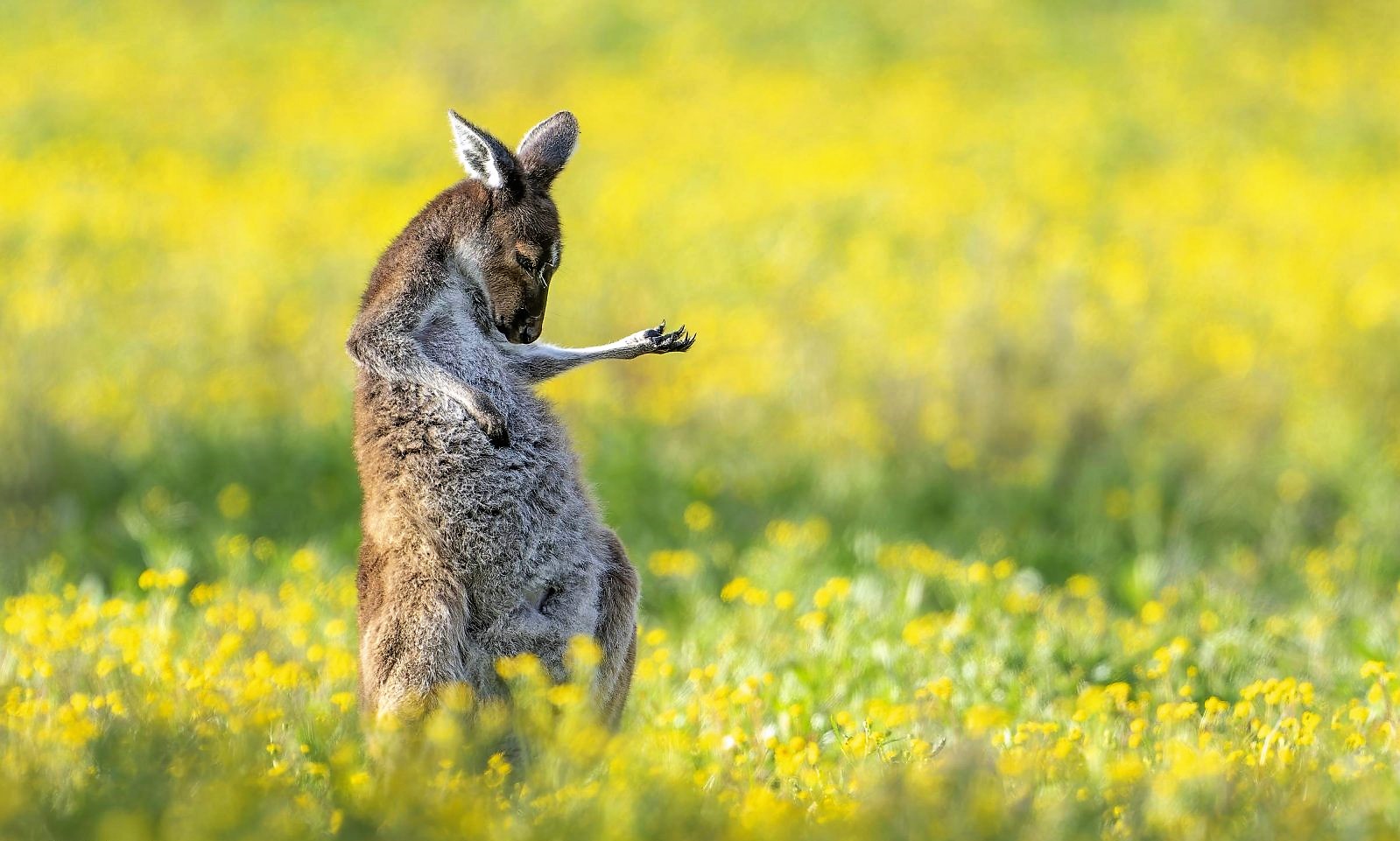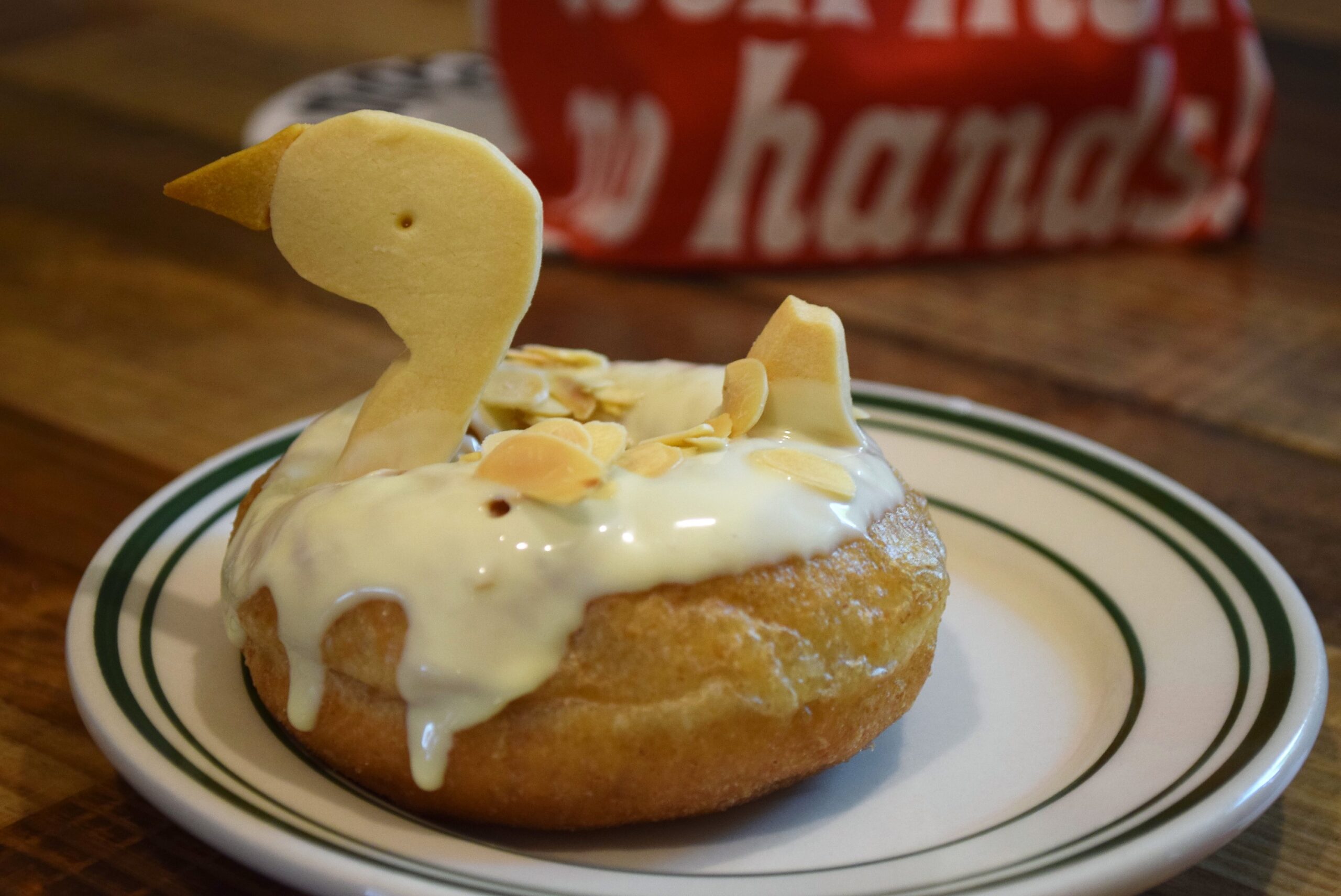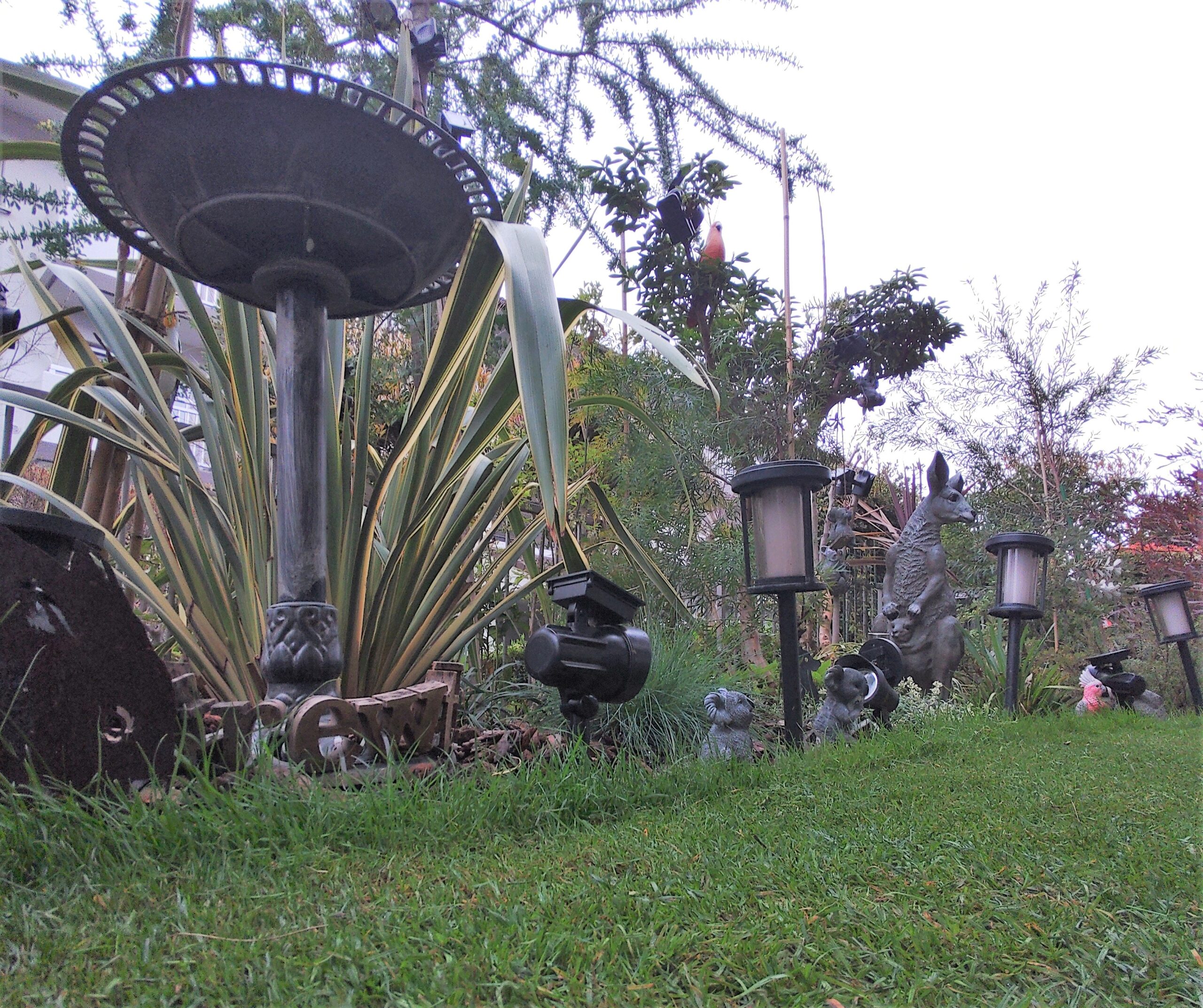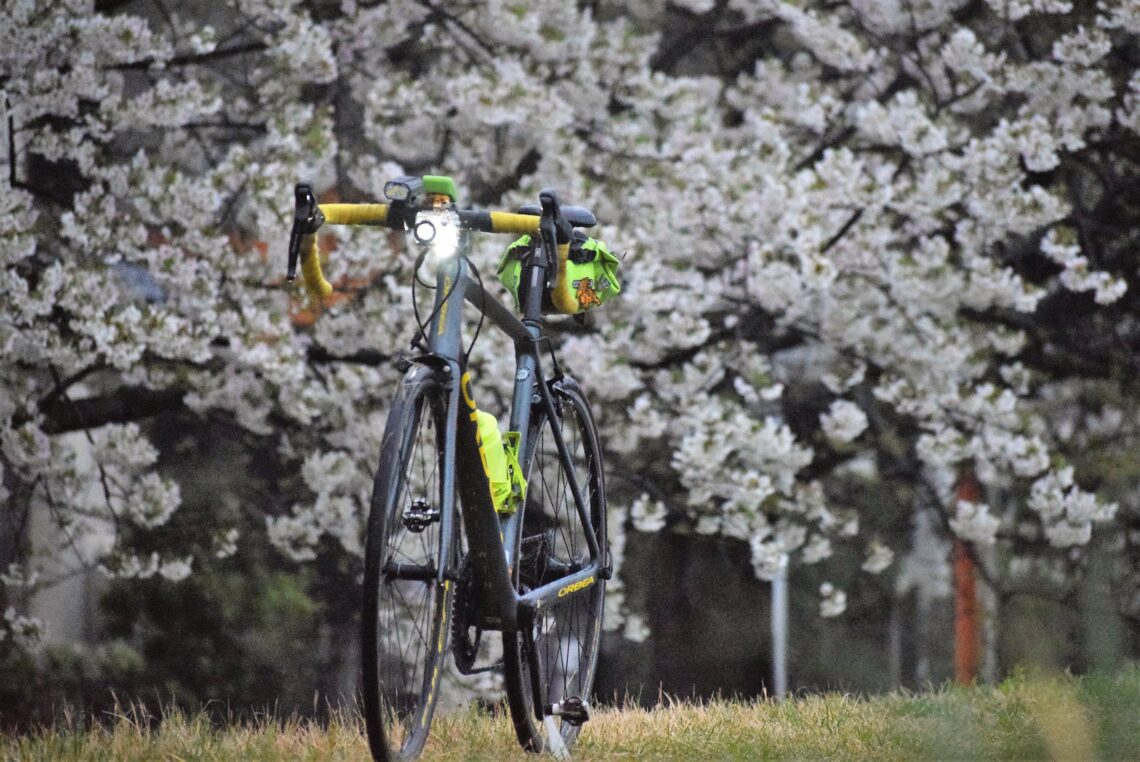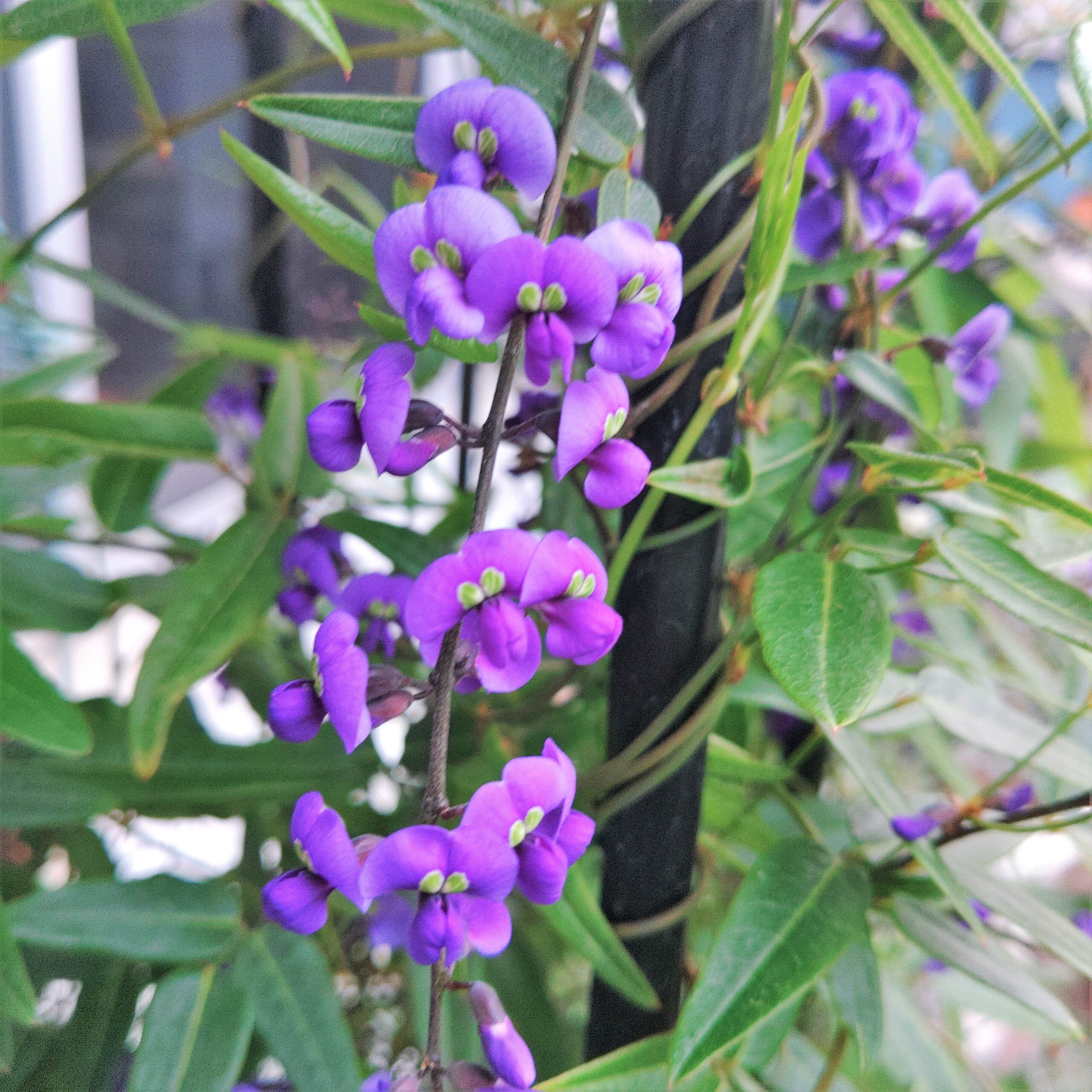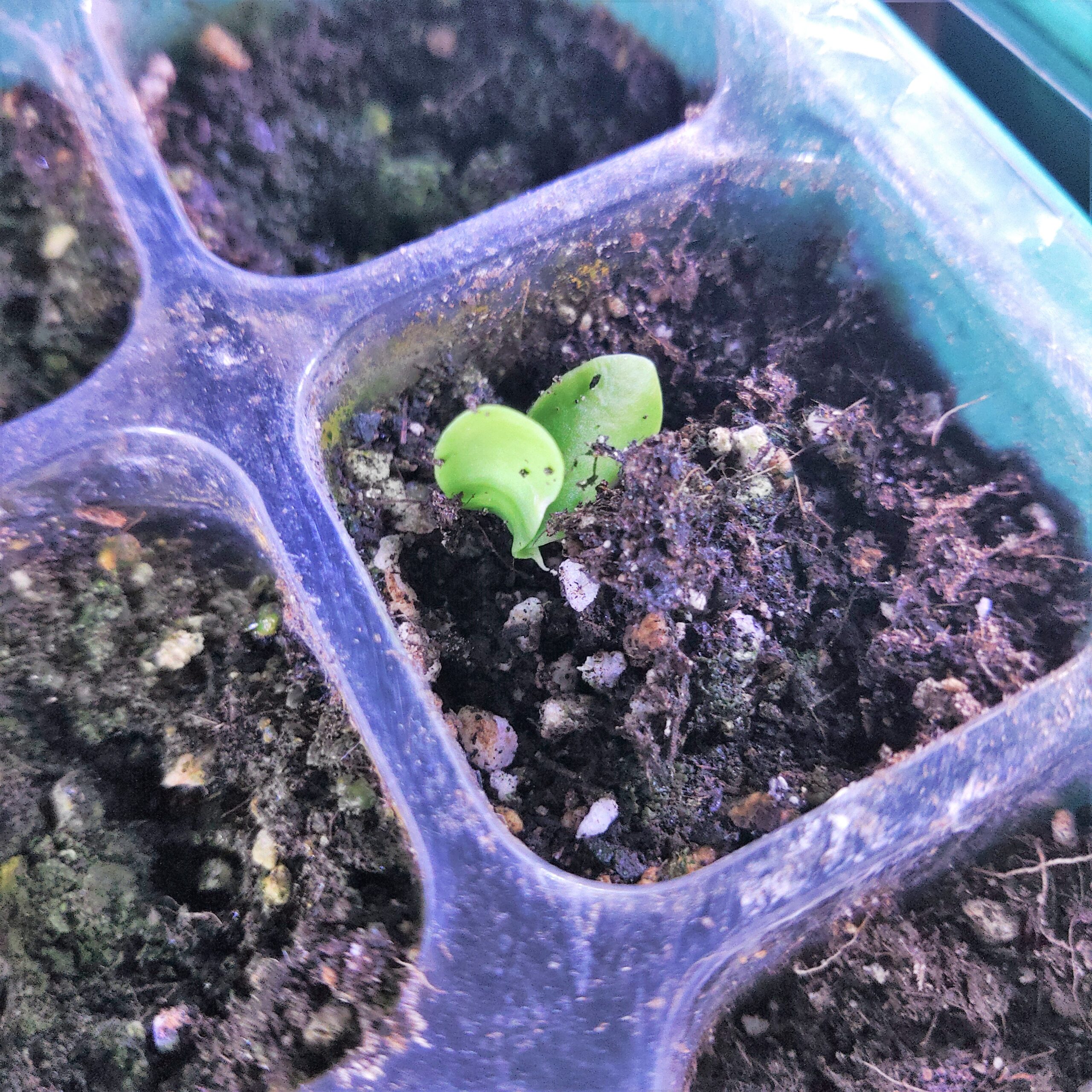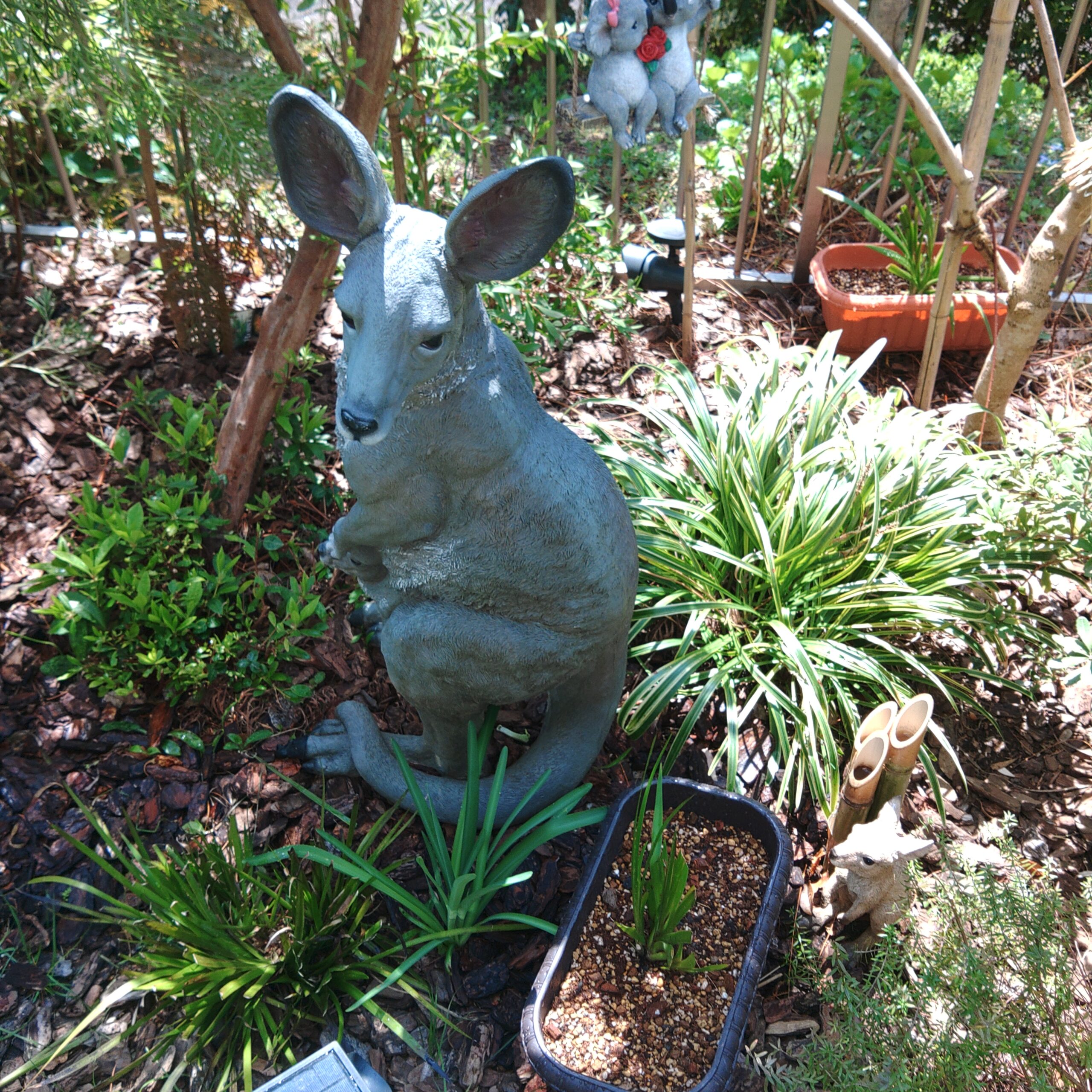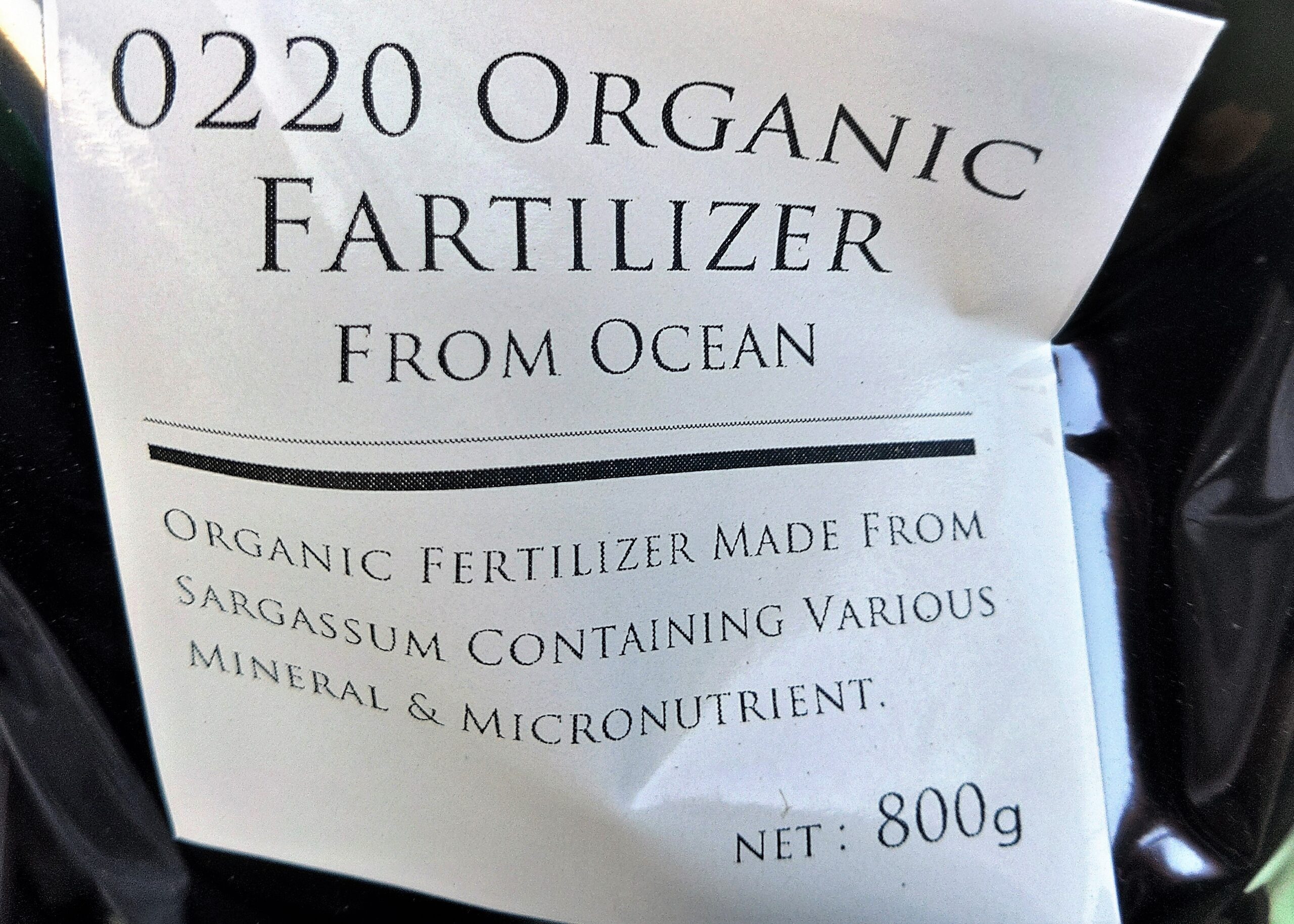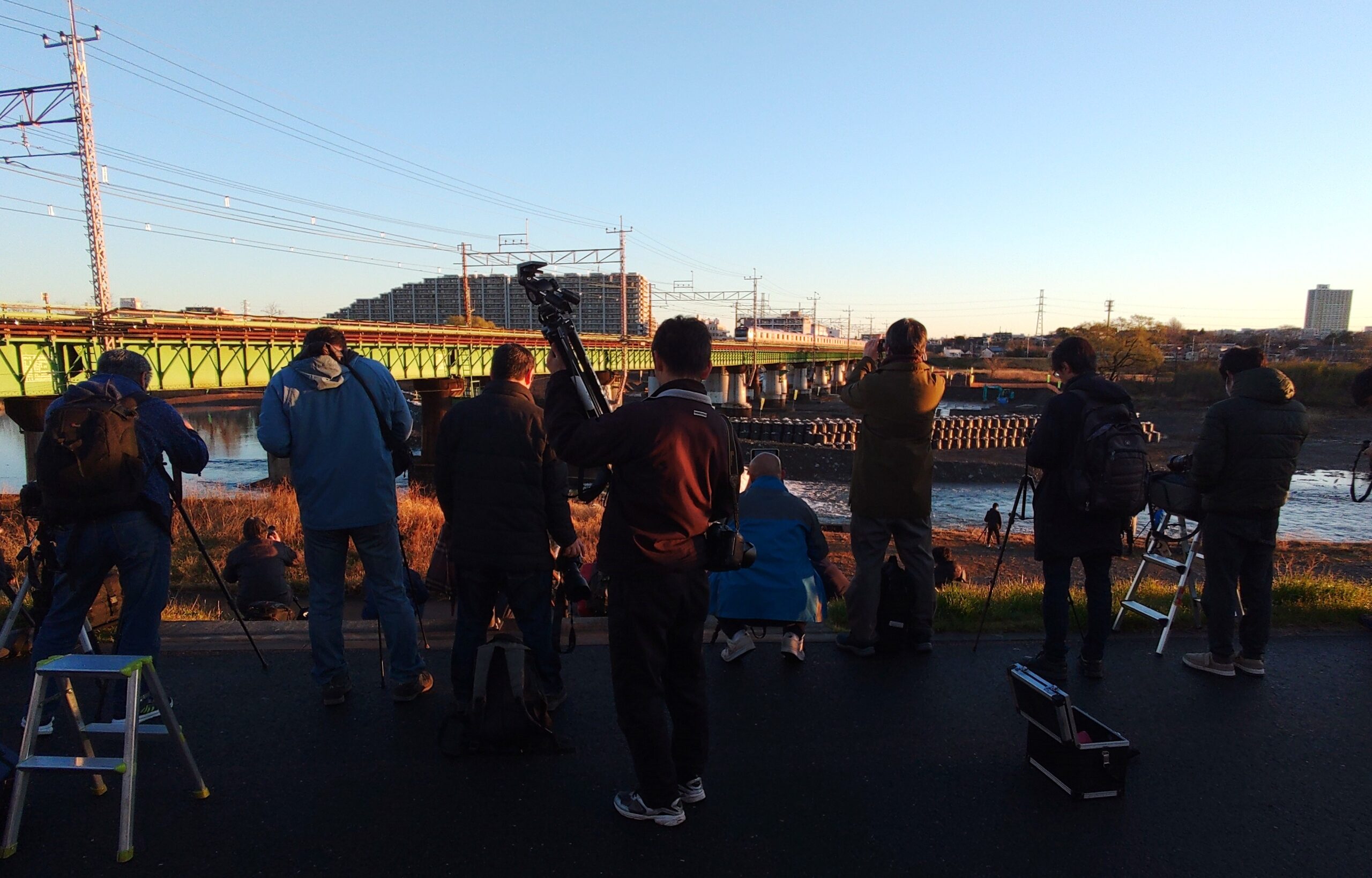Got to ride a tandem with an old work colleague yesterday at Showa Kinen Koen. It was a day of magnificent company, stupendous weather, and plenty of color to mark the full-on onset of spring.
Aussie beef and lamb provided a meating (sic) of minds in central Tokyo today at the surprisingly enjoyable Aussie Meat Festival . Dragged along by Mrs. Kangaeroo, who loves a good chunk of steak and is not averse to lamb either, the celebration of Australian beef, lamb and other fare turned out to be a ripper. Not normally a great meat eater (simply because I don’t really like the taste), the day turned out to be a feast for all the senses, and not just the taste buds. Walking up to the site, the mouthwatering fragrance of roasting lamb wafted…
Kangaeroo Corner, the name I give to our garden even though it’s not a corner but close enough anyway (which kinda sums up my life) is a little slice of Godzone for me. Gardening had never entered my radar until Mrs. Kangaeroo and the amazing Alex Endo presented us with an Aussie native plant garden just over two years ago. And while much of my life has entered something of a downward spiral since that time, the garden has been a little sliver of great joy. It’s really ironic as mum and dad were avid gardeners and dad even did…
I always look for a sharp way to start of a post, hopefully with some sort of catchy word play that might draw anybody who stumbles across the blog into reading further. I was pretty sure today’s title would play that role perfectly. And then I wasn’t. A cherry ripe is an Australian chocolate bar and for me was also a term used to describe someone or something in its optimal state. And I thought the expression to be cherry ripe was pretty common. But when I Googled for a link to the term to help the SEO, I was…
Kangaeroo Corner is welcoming the slow onset of spring with a little shock of violet offering greetings and warmth in more ways than one. At the moment, our garden’s most prominent flowers are some hardenbergia creeping up a frame and showing off a bright shade of purple and specks of white. The tiny blossoms are adorable, but they’re also bringing me the wholehearted joy of being the first-ever flowers I have grown by myself from seed. I’m somewhat amazed by how much effect their appearance has had on me, which is perhaps a little over-exaggerated, but it is what I’m…
For me, no flower better symbolizes Australian native plants than a banksia, and even though they have a reputation for being relatively easy to grow and maintain, that hasn’t been my experience in my two years of having an Aussie garden, but I’ve finally got a seed of hope….literally! Banksia seeds I planted in growth pods a couple of months ago and had basically given up on because they appeared unresponsive have started to sprout. Only two seedlings have appeared, but it was unexpected and a great delight. I tried growing heath banksia from seed last year and only one…
I’m notoriously clumsy, making even the simplest task a monumental one, but having 10 thumbs also increased the odds of at least one of them being green, if not a little shade of malachite. Nah…just kidding….I’m still bloody unco, and trying to prove I’ve got something of a green thumb only served to verify that fact. With the weather finally warming–and brightening–I could turn more attention to the garden, and instead of letting things lie, I want to get involved and get things growing faster than nature will allow. So I set my eyes on the kangaroo paw I’d grown…
From an early morning to a very late night, I got to spend a day filled with chances to catch up with old mates. Firstly, I raced out to Ueno Park and got to meet someone I originally met while being able to work as a guide for Japan Biking back in 2018. That trip for a group of touring Aussies allowed me to make some wonderful friends and the relationships have endured for many years. It was a delight to meet up and a delightful time ensued. An errand followed that finished up much earlier than expected, but I…
Many foreigners guffaw at the frequent mangling of English that some Japanese can achieve and there’re plenty of websites and the like dedicated to highlighting these flaws, but they should note that this can go both ways. Perhaps a tad of extra time and consultation could have gone into the names of some of these products or places. Fukuppy was probably not the best name to give a character intended to promote a company called Fukushima Industries, especially as for most of the world, the company name evoked images of one of the worst nuclear reactor accidents in history. Fukuppy,…
Trainspotters in Japan, referred to somewhat derogatorily as Tetsuo (鉄男) or Tetsuko (鉄子)(a play on words forming a portmanteau from the words for “rail” and common suffixes used to indicate a man or woman <there are commonly still only two genders in Japanese>, as well as being typical <though slightly archaic>names) have a well-earned reputation for being rude. It’s a common perception that trainspotters crowd public thoroughfares and are pushy and ill-mannered as they await for the chance to get their photo of a train. I’d say the vast majority are just keen snappers and it’s only the antisocial behavior…
